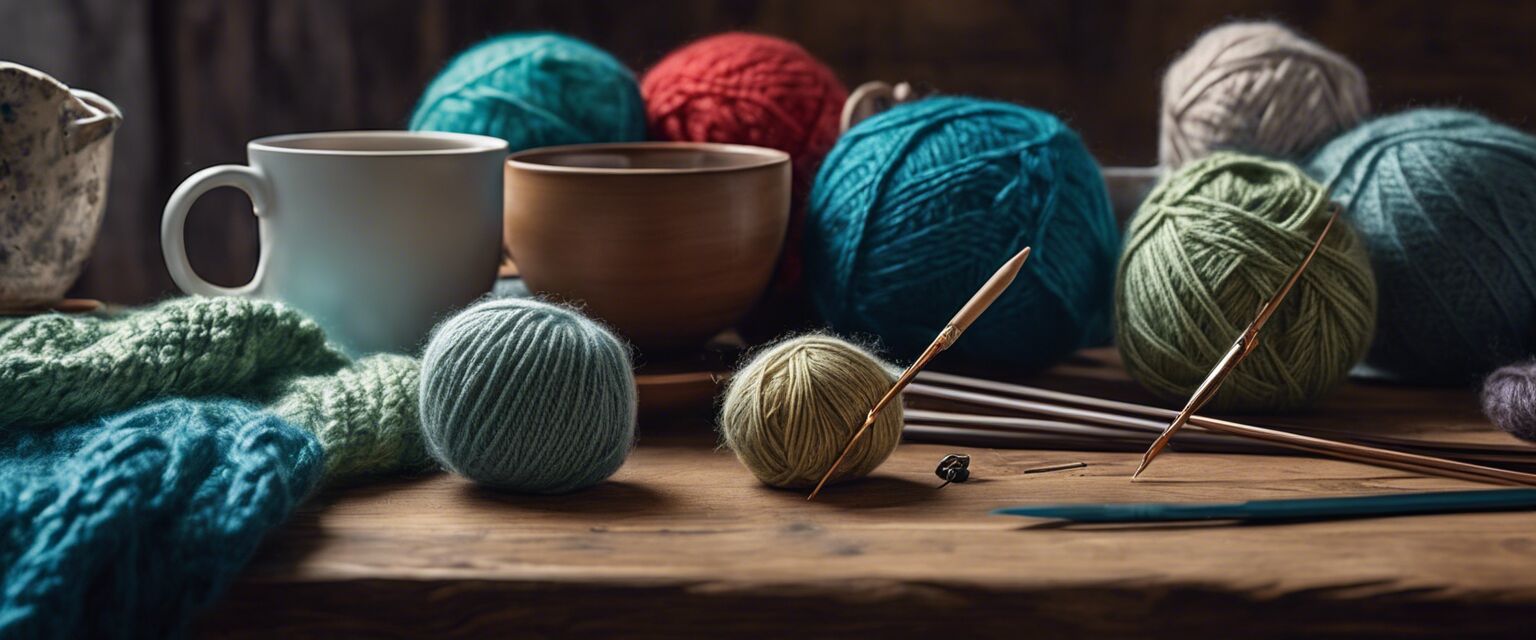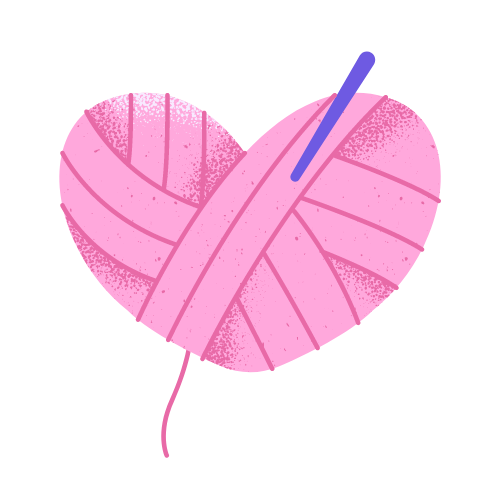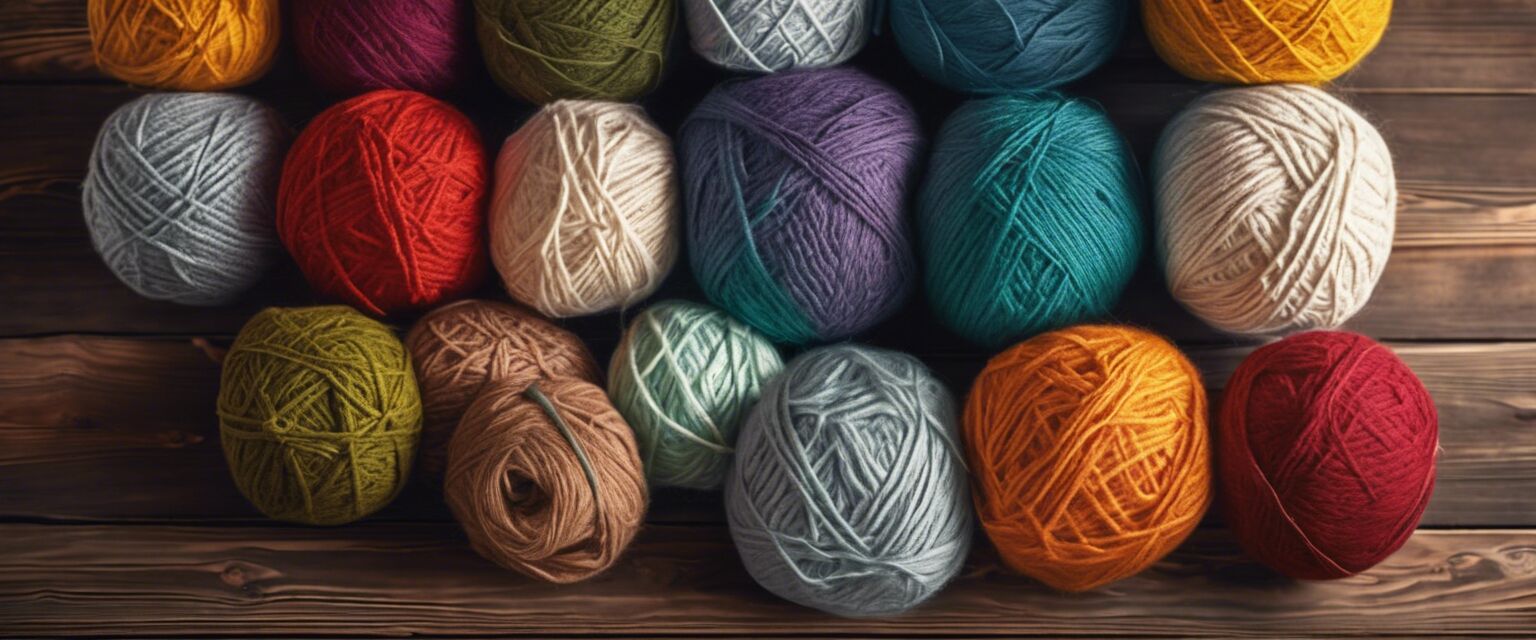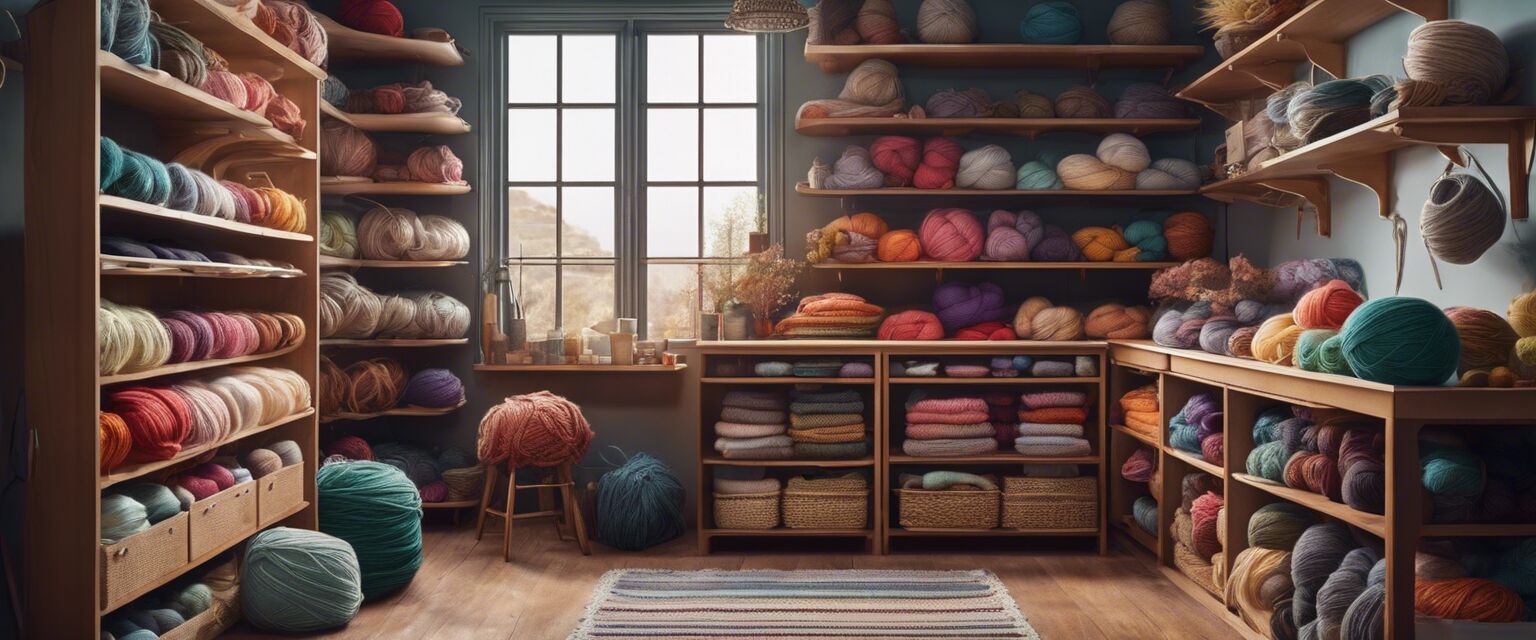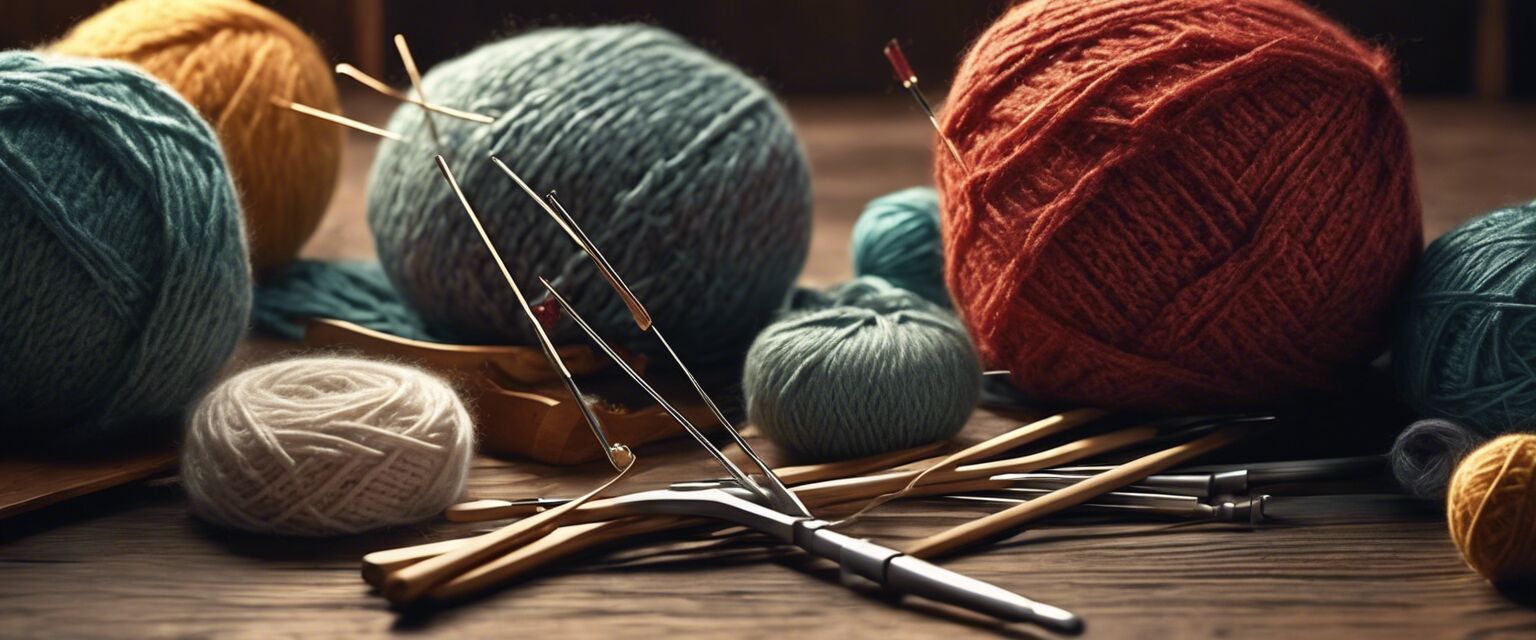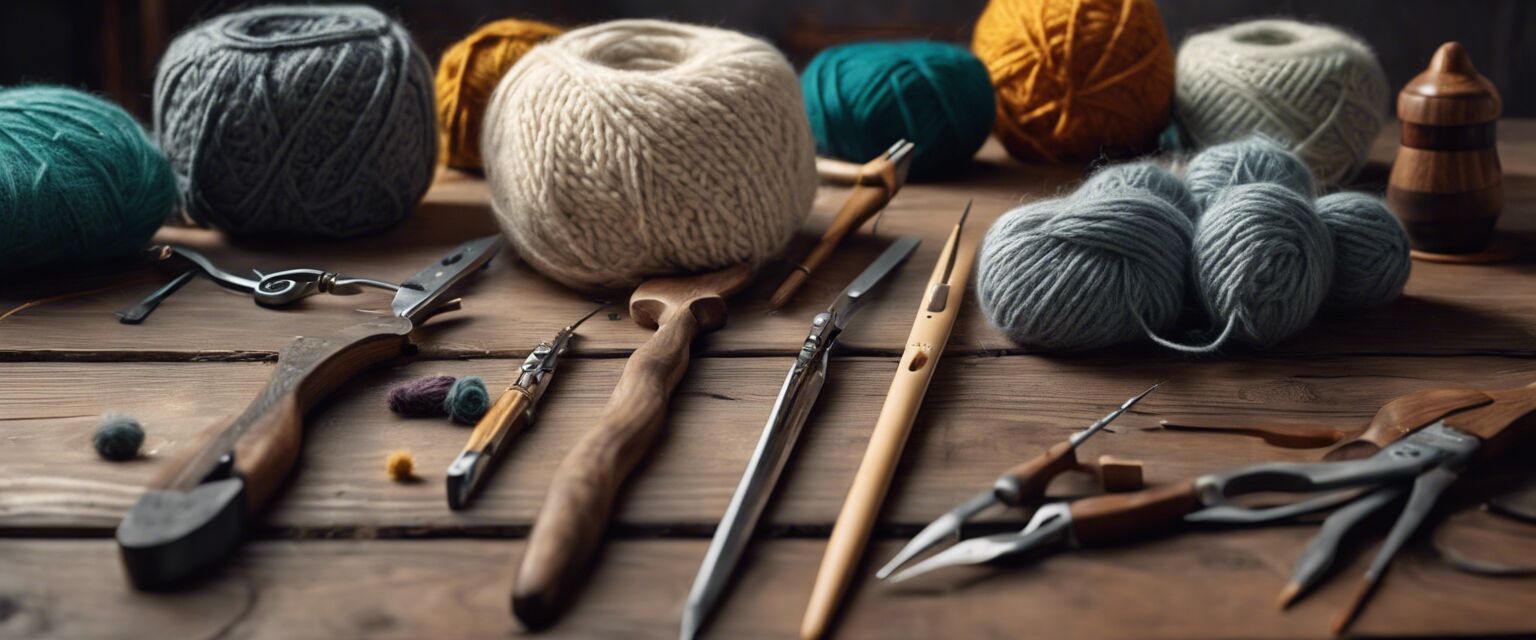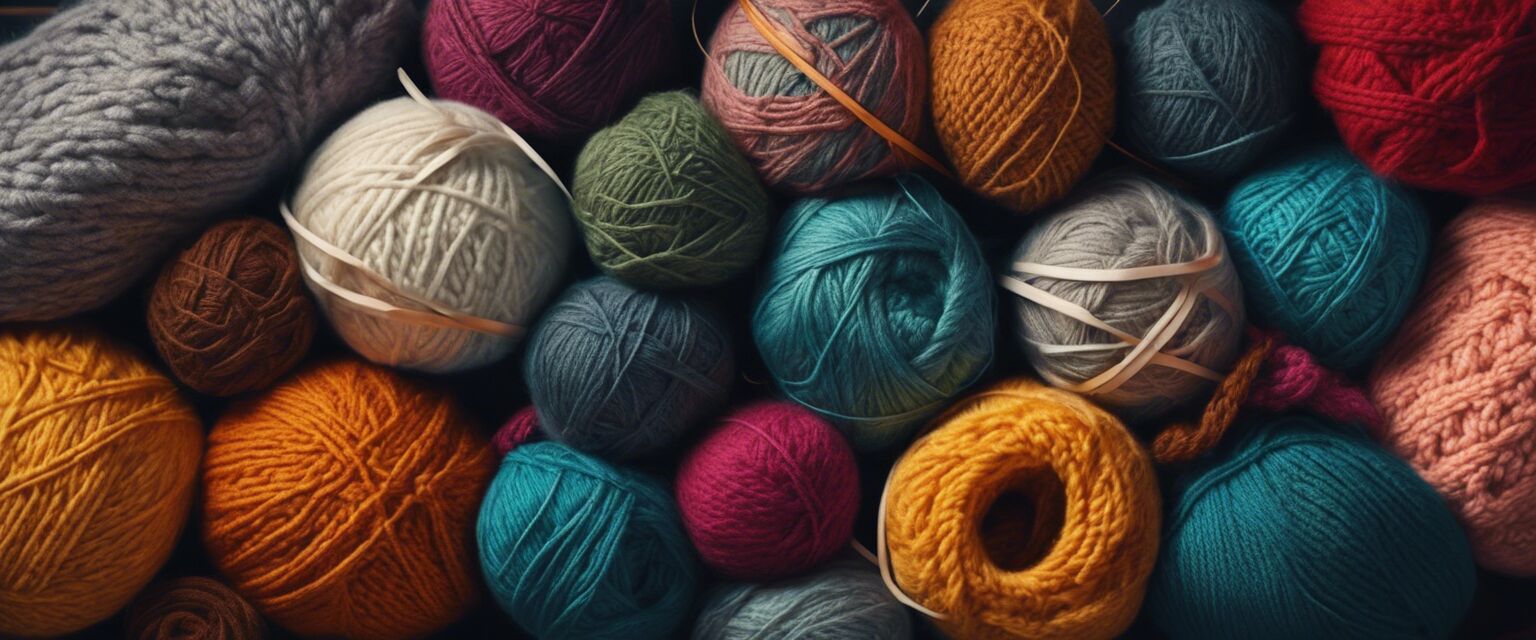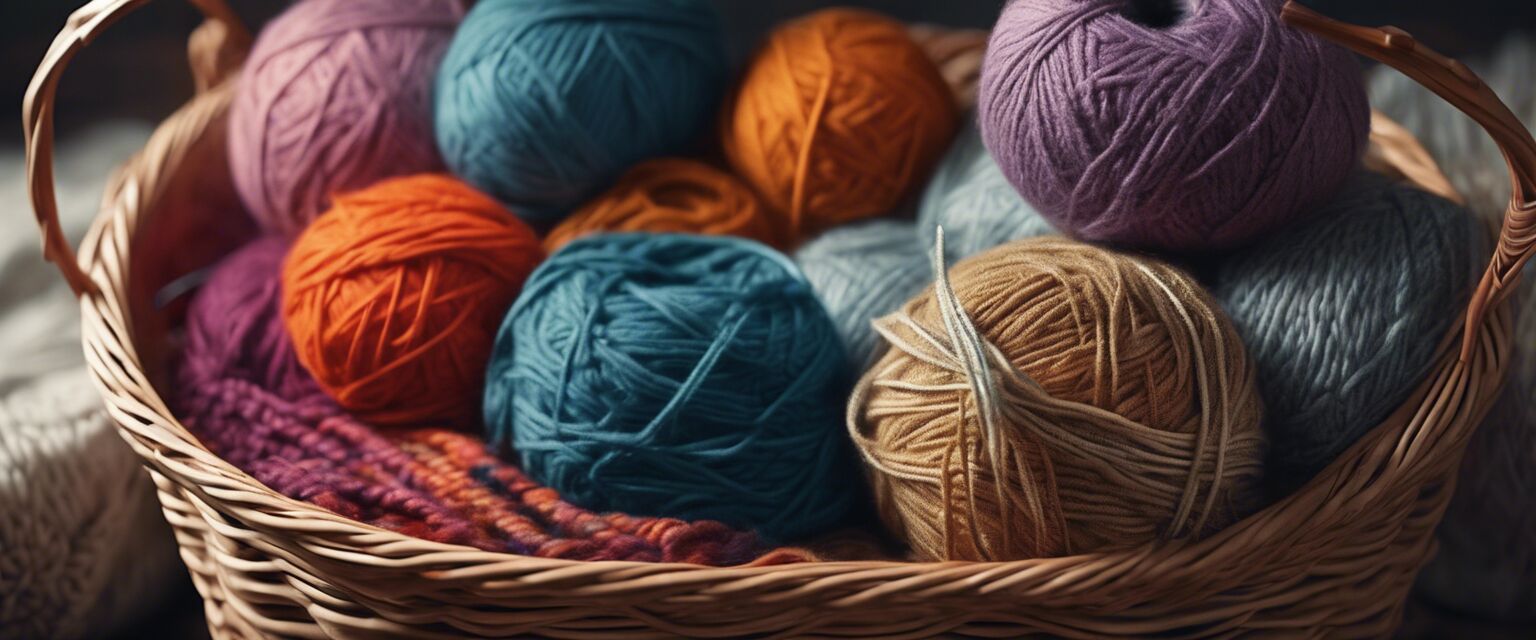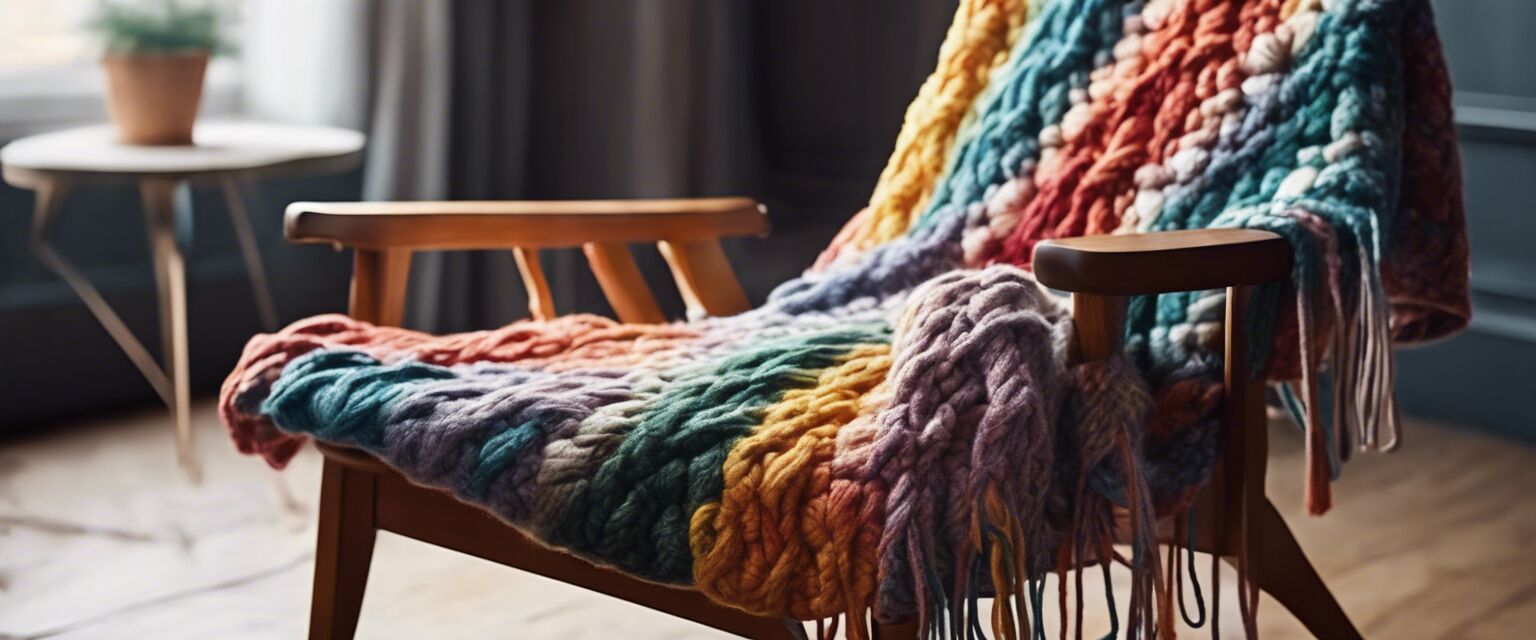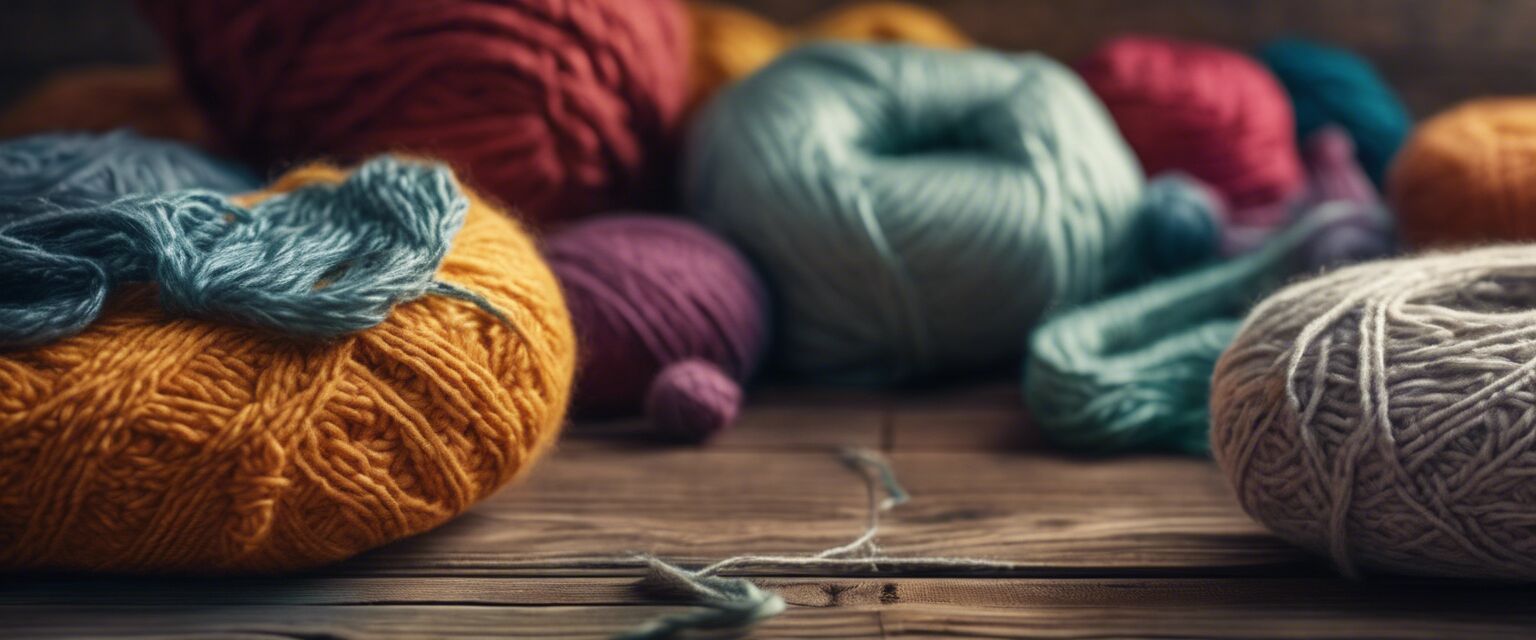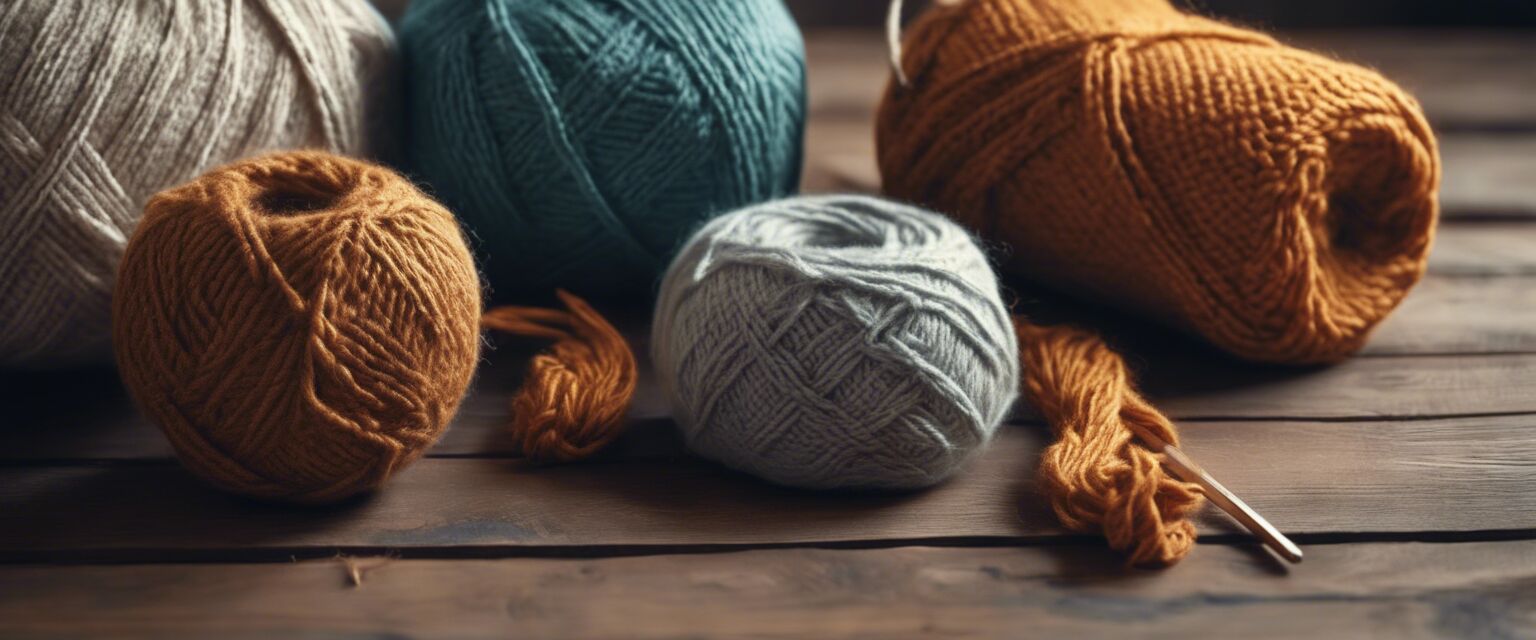
Knitting Books: A Guide to Finding the Perfect Resource for Your Next Project
Whether you're a seasoned knitter or just starting out, having a good knitting book can make all the difference in your project's success. But with so many options available, it can be overwhelming to choose the right one. In this article, we'll explore the different types of knitting books, what to look for when selecting a book, and provide recommendations for the best knitting books for different skill levels and interests.
Key Takeaways
- Knitting books can be categorized into three main types: technique-focused, pattern-focused, and inspirational books.
- When selecting a knitting book, consider your skill level, the type of project you want to make, and the book's level of detail and instructions.
- There are many excellent knitting books available for beginners, intermediate, and advanced knitters, as well as for specific interests like lace knitting or cables.
Types of Knitting Books
Knitting books can be broadly categorized into three main types: technique-focused, pattern-focused, and inspirational books.
| Type of Book | Description |
|---|---|
| Technique-Focused | These books focus on teaching specific knitting techniques, such as cables, lace, or colorwork. They often include step-by-step instructions and photos or diagrams to illustrate the techniques. |
| Pattern-Focused | These books provide a collection of knitting patterns for specific projects, such as sweaters, hats, or scarves. They often include detailed instructions, yarn requirements, and photos of the finished projects. |
| Inspirational | These books are designed to inspire and motivate knitters, often featuring beautiful photography and stories about the craft. They may include patterns, but the focus is on sparking creativity and enthusiasm. |
What to Look for in a Knitting Book
When selecting a knitting book, there are several factors to consider.
- Skill Level: Make sure the book is suitable for your skill level. If you're a beginner, look for books with clear instructions and simple projects. If you're more advanced, you may want a book that challenges you with complex techniques or intricate patterns.
- Project Type: Consider the type of project you want to make. Do you want to knit a sweater, a hat, or a scarf? Look for a book that specializes in your desired project type.
- Level of Detail: Some knitting books provide detailed instructions and photos, while others may be more concise. Consider how much guidance you need and choose a book that fits your learning style.
Recommendations for Knitting Books
Here are some recommendations for knitting books, categorized by skill level and interest.
Beginner Knitters
- "The Knitter's Handbook" by Montse Stanley: A comprehensive guide to knitting techniques, with clear instructions and photos.
- "The Yarn Whisperer" by Clara Parkes: A beginner's guide to yarn, covering the basics of yarn selection, swatching, and working with different fibers.
Intermediate Knitters
- "The New Knitting" by Alison Ellen: A book that explores new techniques and ways of working with yarn, including cables, lace, and colorwork.
- "Knitting in the Old Way" by Priscilla Gibson-Roberts and Deborah Robson: A book that focuses on traditional knitting techniques, with a emphasis on historical and cultural context.
Advanced Knitters
- "The Knitter's Bible" by Claire Crompton: A comprehensive guide to knitting, covering advanced techniques, complex patterns, and intricate designs.
- "The Knitting Answer Book" by Margaret Radcliffe: A reference book that answers common knitting questions, covering topics such as yarn selection, gauge, and finishing techniques.
Lace Knitting
- "The Lace Knitter's Bible" by Claire Crompton: A comprehensive guide to lace knitting, covering the basics of lace stitches, yarn selection, and project design.
- "Lace Knitting: A Workshop" by Katherine Duncan: A book that focuses on the art of lace knitting, with detailed instructions and beautiful photography.
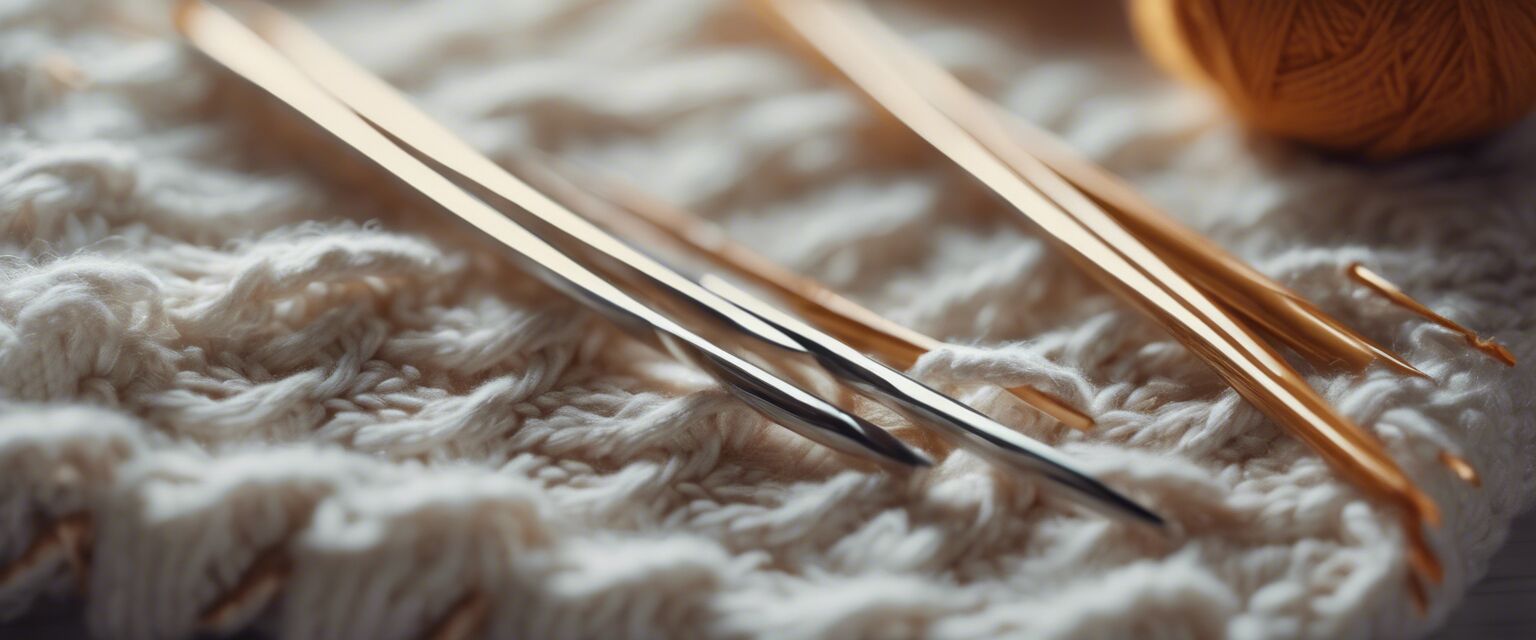
Conclusion
With so many excellent knitting books available, there's something for every knitter, regardless of skill level or interest. By considering your needs and preferences, you can find a book that will inspire and guide you in your knitting journey.
Pros
- Knitting books provide a comprehensive guide to knitting techniques and patterns.
- They offer inspiration and motivation for knitters of all levels.
- Many books include beautiful photography and stories about the craft.
Cons
- Some books may be too advanced or too basic for your skill level.
- Others may not provide enough detail or instruction for complex projects.
- With so many options available, it can be overwhelming to choose the right book.
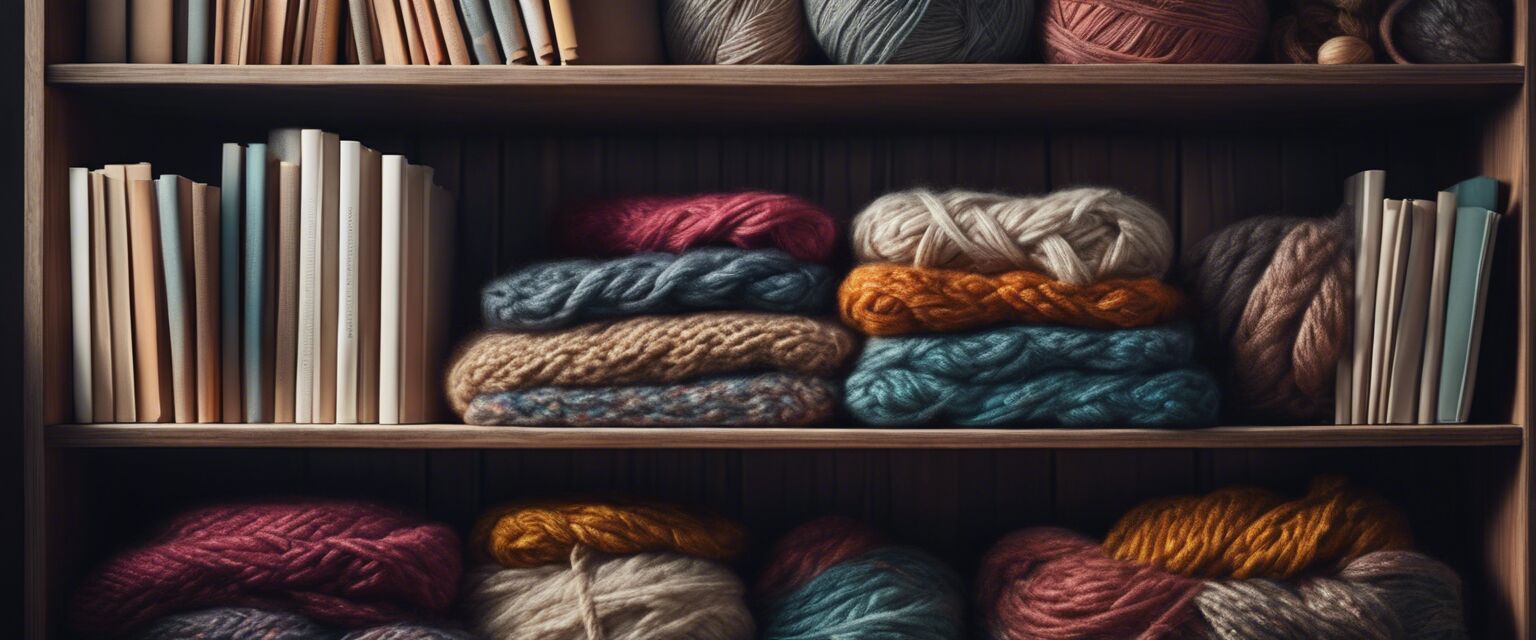
Beginners Section
As a beginner, it's essential to start with a good foundation in knitting techniques. Look for books that provide clear instructions, step-by-step photos, and simple projects to help you build your skills.
- Start with a book that focuses on the basics of knitting, such as cast-on, knit, and purl.
- Practice your skills with simple projects, such as scarves or hats.
- As you become more confident, move on to more complex projects and techniques.
